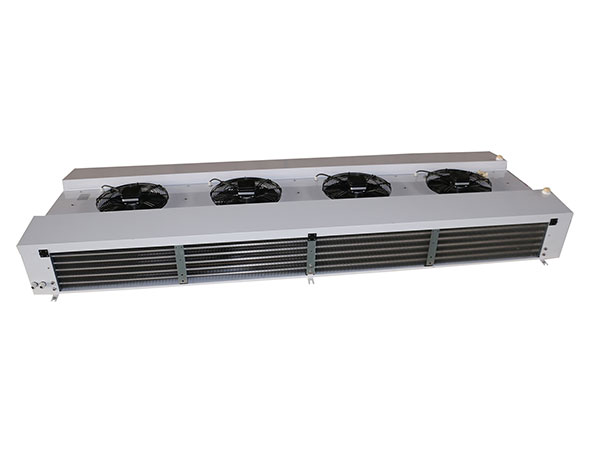EVAPORATOR can be divided into cooling liquid evaporator, cooling air evaporator and so on according to the different cooling medium. Today, let's take a look at the structure, performance and heat transfer of evaporator refrigeration equipment.

EVAPORATOR is a heat exchange device between the refrigerant and the low-temperature heat source (cooling system) in the refrigeration system. It also belongs to a type of wall heat exchanger, such as a condenser. Heat transfer is related to heat transfer area, heat transfer temperature difference and heat transfer coefficient.
Factors affecting the heat transfer of the evaporator:
1. Influence of refrigerant characteristics on evaporator
2. Influence of refrigerant liquid wetting ability
3. Effect of heat transfer surface conditions on heat transfer of evaporator
4. Effect of evaporator structure on heat transfer of evaporator
When the all-liquid shell-and-tube evaporator is working, the shell and tube should be filled with a considerable amount of liquid refrigerant. Usually, the height of the static liquid level is 70%~80% of the shell diameter, so it is also called a full liquid evaporator. At this time, there will be 1~3 rows of pipes exposed above the liquid level. During the boiling process, the tubes are wetted by the liquid brought up, which acts as a heat transfer. If liquid formation is kept low, the evaporator tubes cannot perform their heat transfer function adequately; conversely, if the liquid level is kept too high, there is a danger of carrying liquid into the compressor.
The shape and structure of the dry shell and tube evaporator is basically the same as that of the full liquid shell and tube evaporator. The main difference is: in the dry shell and tube evaporator, the refrigerant evaporates in the heat exchanger tubes, and the refrigerant liquid filling volume is very small, accounting for about 35%~40% of the volume of the contents of the tube group, while the refrigerant evaporates in the heat exchanger tubes. In the process, there is no free liquid surface, so it is called "dry evaporator". In a dry evaporator, the liquid secondary refrigerant flows from outside the tubes. In order to increase the flow rate of the secondary refrigerant, multiple baffle rods are installed on the tube bundle in the cylinder.




